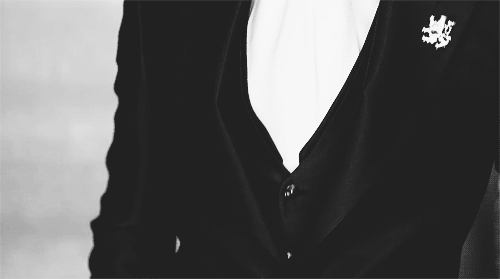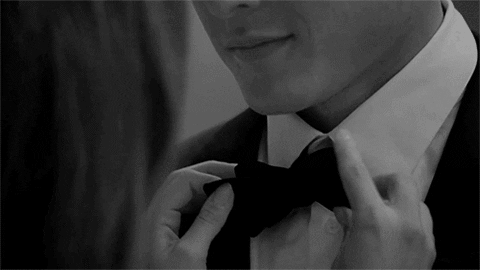In case you don't know, the foundation of men’s neckwear date back to ancient Rome where bands of cloth were wrapped around the neck to protect a man from the cold winter and to soak up perspiration in summer. The most ordinary historical account dates from the 1600s with Croatian troops putting on protective neckwear identical to that of the Roman, but it wasn’t until the 1830s that men’s ties progressed and turned to be a fashion accessory than a functional requisite.
Men’s ties signify prominence and sophistication. Putting on a tie transforms a man’s ensemble from just a shirt and slacks to an outfit appropriate for business meetings or attending
different functions.
Huge collection of ties in different
colors, themes and styles are paraded in your favorite Specialty Stores but one
thing they all have in common is how they are worn, nothing less and nothing
more.
Tying neckties can be a wearisome
task especially for the beginners, but it can be an enjoyed lifestyle once you
already witness its output. You’re not alone in this struggle to begin with. While it may take some practice, your efforts
will be rewarded with a handsome and professional appearance.
Some tips provided below would
ease your mind as one of the factors of power-dressing to bring out a
well-dressed “YOU.” Enumerated are the different
knots that could be depended on in your daily accentuation of a corporate outfit:
Four-in-Hand Knot - used by 80% of
all men.
Double Windsor Knot/Full Windsor - this is more convenient for lighter fabrics like silk and wider collars. It
has a larger knot than four-in-hand and with more volume.
Half-Windsor Knot - flexible for any
occasion and best matched with lighter fabrics.
Windsor knot - this is named after Duke of Windsor (King Edward VIII before his renunciation) which makes it possible that
it was created by his father, George V. The knot was made-up to follow the
Duke's wide knot with ties crafted from regular thickness cloth.
Pratt Knot / Shelby Knot - noted as one
of the simplest ties.
St. Andrews Knot - is large and
narrow and normally includes a deep dimple.
Plattsburgh Knot - fashioned by Thomas Fink, co-author
of ‘The 85 Ways to Tie a Tie’. The knot is named after Fink’s home town in
Upstate New York.






























